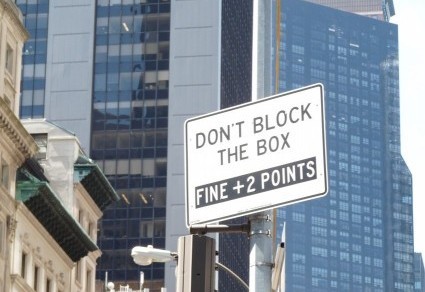In my neighborhood, just about every store that isn’t a nail salon is a restaurant. Thus it’s not surprising that enterprising food purveyors do whatever they can to entice customers, including displaying these signs:

The price of one of these LUNCH SPECIALS ($15) isn’t unreasonable in New York City, especially considering that they’re offering WOODFIRED SANDWICHES, which are . . . well, I don’t know what they are. Bread charred by burning branches? Unemployed victims of forest downsizing?
My friend Catherine sent this one:

I had no opportunity to speak with the SANDWITCH, who I assume was selling a consultation lasting as long as it takes to drink a cup of FREE COFFEE. If I had, I would have asked about the accuracy of the spells in Harry Potter as well as the rationale for enclosing FREE COFFEE in quotation marks. Perhaps the brew isn’t actually COFFEE?
I should note that the prices listed below have increased since I snapped the photo:

Inflation or not, who could resist an offer to DESIGNED YOUR OWN SALAD? Also, 16 oz (ounces) equals one pound. Thus the restaurant is offering a one-, two-, or three-pound salad, each with 1 meat and unlimited vege. I must ask: Who has room for much (many?) vege after eating three pounds of DESIGNED SALAD?
Last one:

If Mom gets Fri, who gets all the other days? I’m a Mom, but I prefer Tuesdays. Can non-Moms get the LUNCH Special on Fri?
My advice is to choose a restaurant carefully, eat well, and in the spirit of today’s MLK holiday, find a way to work for a more just world.


































